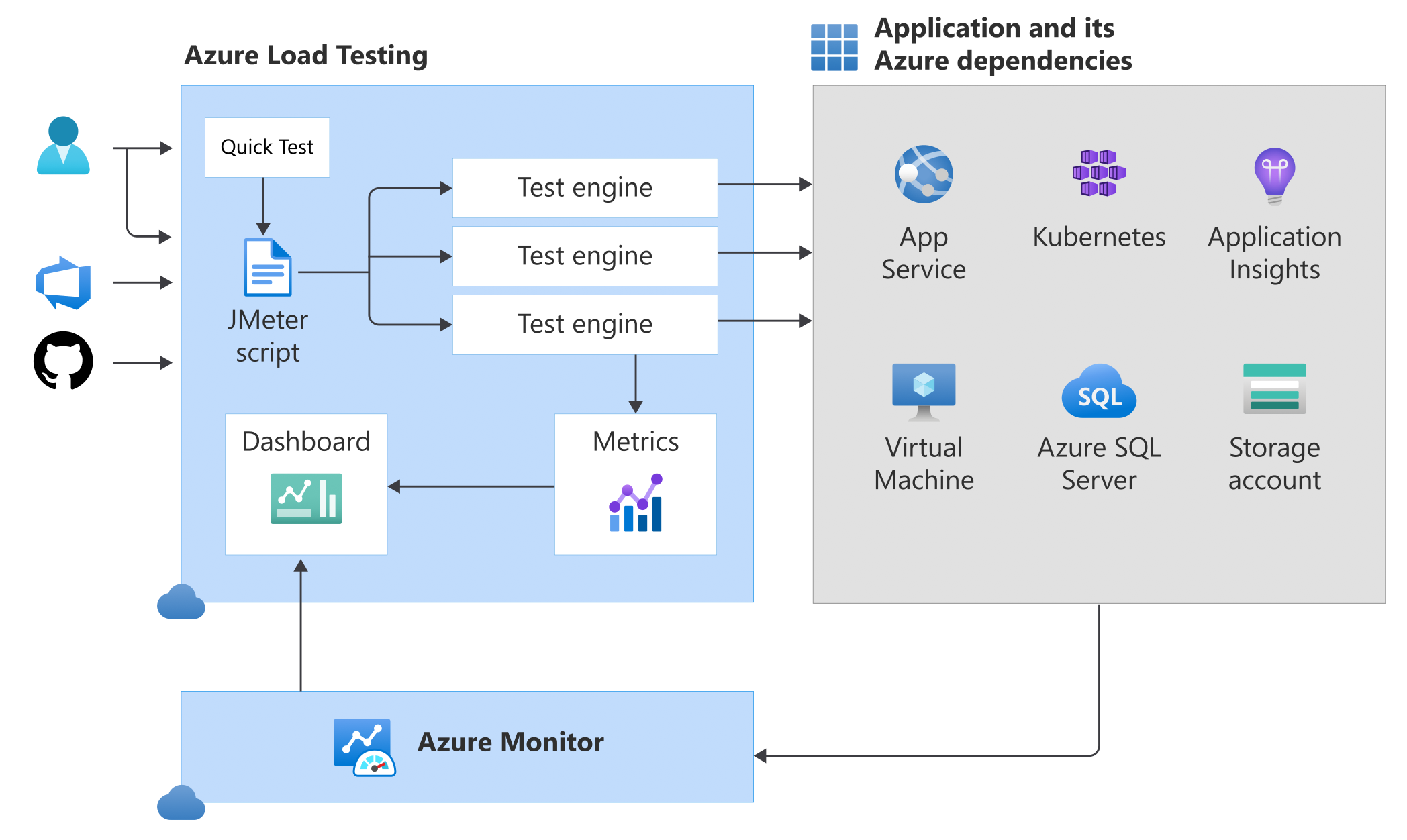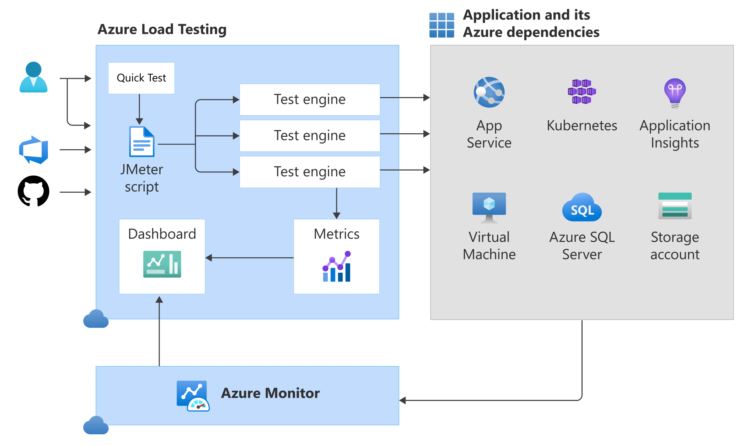Performance Risks Tests
Performance testing is a crucial aspect of software development and system optimization. It helps identify potential bottlenecks, assess system efficiency, and ensure a seamless user experience. However, to achieve reliable results, it’s essential to be aware of and mitigate performance risks. In this article, we’ll explore common performance risks in testing and strategies to mitigate them effectively. By the way, you can find load testing service via the link.

Key benefits
- Inadequate Test Environment: One of the primary risks is an improper test environment that doesn’t replicate the production environment accurately. Ensure your test environment closely mirrors the real-world conditions, including hardware, software configurations, and network settings.
- Limited Test Data: Testing with insufficient or unrealistic data can lead to misleading results. Use representative data sets that reflect the production workload to identify potential performance bottlenecks accurately.
- Concurrency and Scalability Issues: Ignoring the system’s ability to handle concurrent users or increased loads can be a grave mistake. Implement stress testing and scalability tests to assess how your system performs under various load levels.
- Lack of Monitoring and Profiling: Failing to monitor and profile your application during testing can make it challenging to pinpoint performance issues. Utilize performance monitoring tools and profiling techniques to identify bottlenecks in real-time.
- Neglecting Edge Cases: Overlooking edge cases and boundary conditions can result in unexpected performance problems. Ensure your tests cover extreme scenarios, such as peak loads and resource-intensive operations.
- Non-Functional Requirements: Not aligning performance testing with non-functional requirements can lead to gaps in your testing strategy. Define clear performance objectives early in the project and use them as a benchmark for your tests.
- Tool Limitations: Selecting inappropriate testing tools or relying solely on automated tools without human judgment can limit your test coverage. Choose the right combination of tools and manual testing to address different aspects of performance risks.
- Third-Party Dependencies: Integrating third-party services or APIs can introduce performance vulnerabilities beyond your control. Keep a close eye on these dependencies and conduct integration testing to identify potential bottlenecks.
- Inadequate Resource Allocation: Not allocating sufficient time, budget, and skilled personnel to performance testing can result in incomplete testing and missed issues. Prioritize performance testing and allocate appropriate resources for it.
- Failure to Iterate: Performance testing is not a one-time event; it should be an iterative process throughout the development lifecycle. Regularly revisit your performance tests as the system evolves to ensure continued optimization.
- Performance Degradation Over Time: Performance risks can emerge as a system evolves and accumulates technical debt. Implement continuous integration and performance regression testing to catch and address degradation early.
- Ignoring User Experience: Focusing solely on server-side performance and neglecting the end-user experience can lead to unsatisfied customers. Consider client-side performance, such as page load times and responsiveness, in your testing strategy.
In conclusion, performance testing is essential for delivering a reliable and efficient system. However, it comes with inherent risks that, if ignored, can lead to costly issues down the road. Mitigating these risks by following best practices, maintaining a robust test environment, and staying vigilant throughout the development process is crucial for achieving optimal performance results. Remember that proactive performance testing not only prevents issues but also enhances user satisfaction and helps your system succeed in a competitive landscape.

